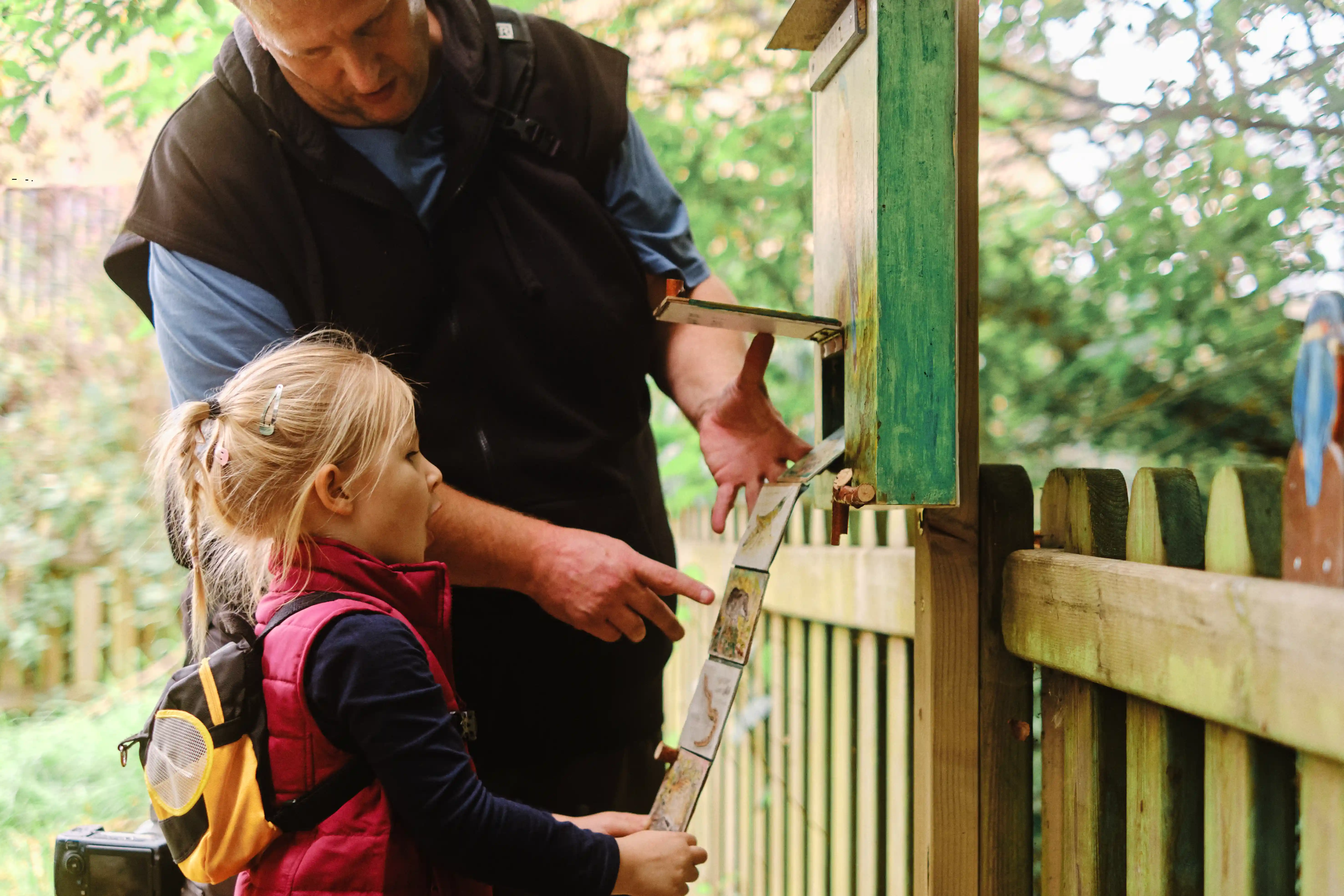
Planning for the future
Securing safe and sustainable water supplies.
With the combined challenges of climate change and population growth, it’s more important than ever that we have a plan to secure our water supplies for the future.
Every day we turn on our taps to fill glasses of water, make cups of tea, wash, cook, and clean. We rely on water to run our schools, hospitals, essential services, and businesses. We need it to keep the world around us healthy too.

Securing safe and sustainable water supplies.
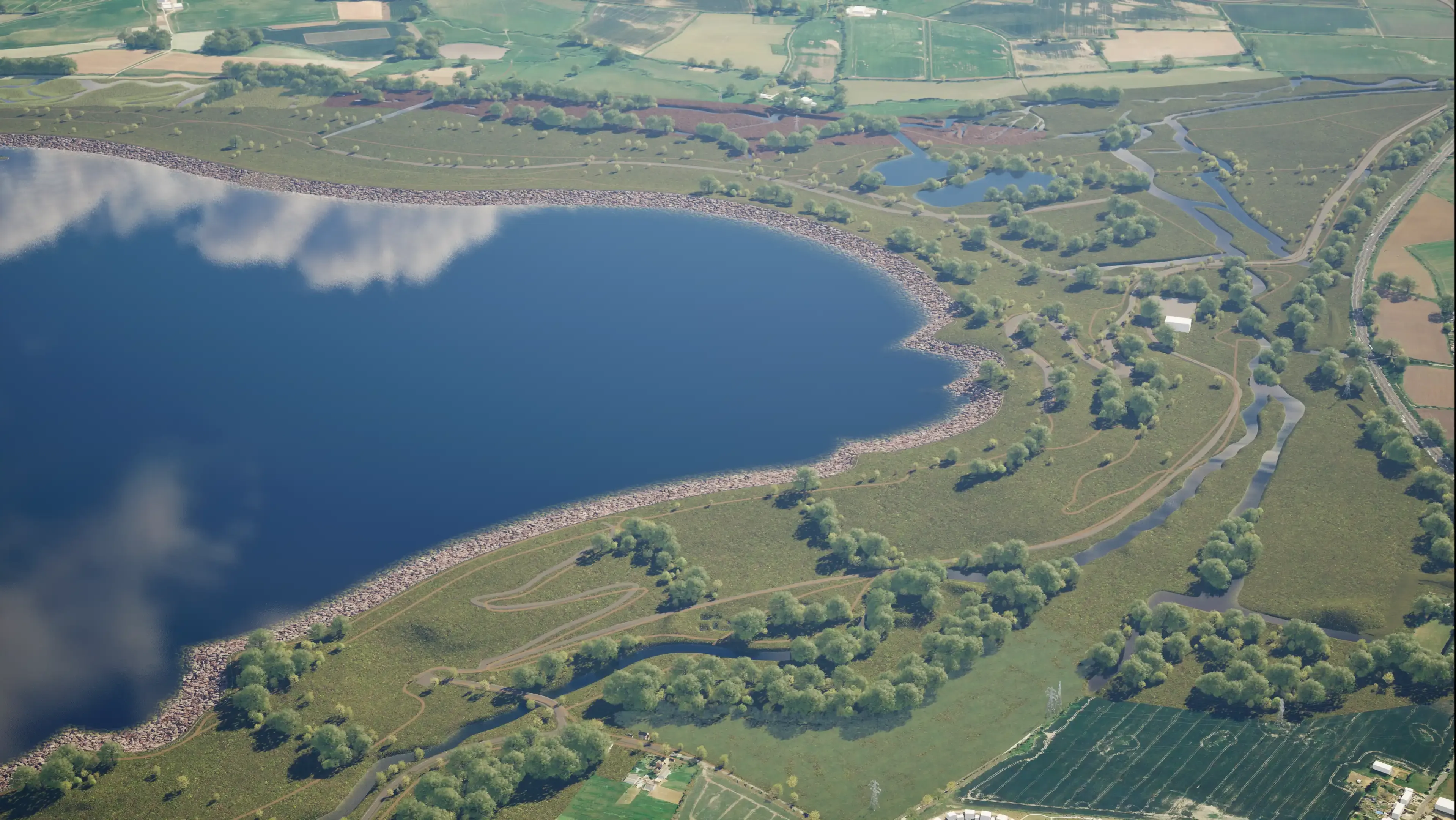
A new reservoir for the South East.
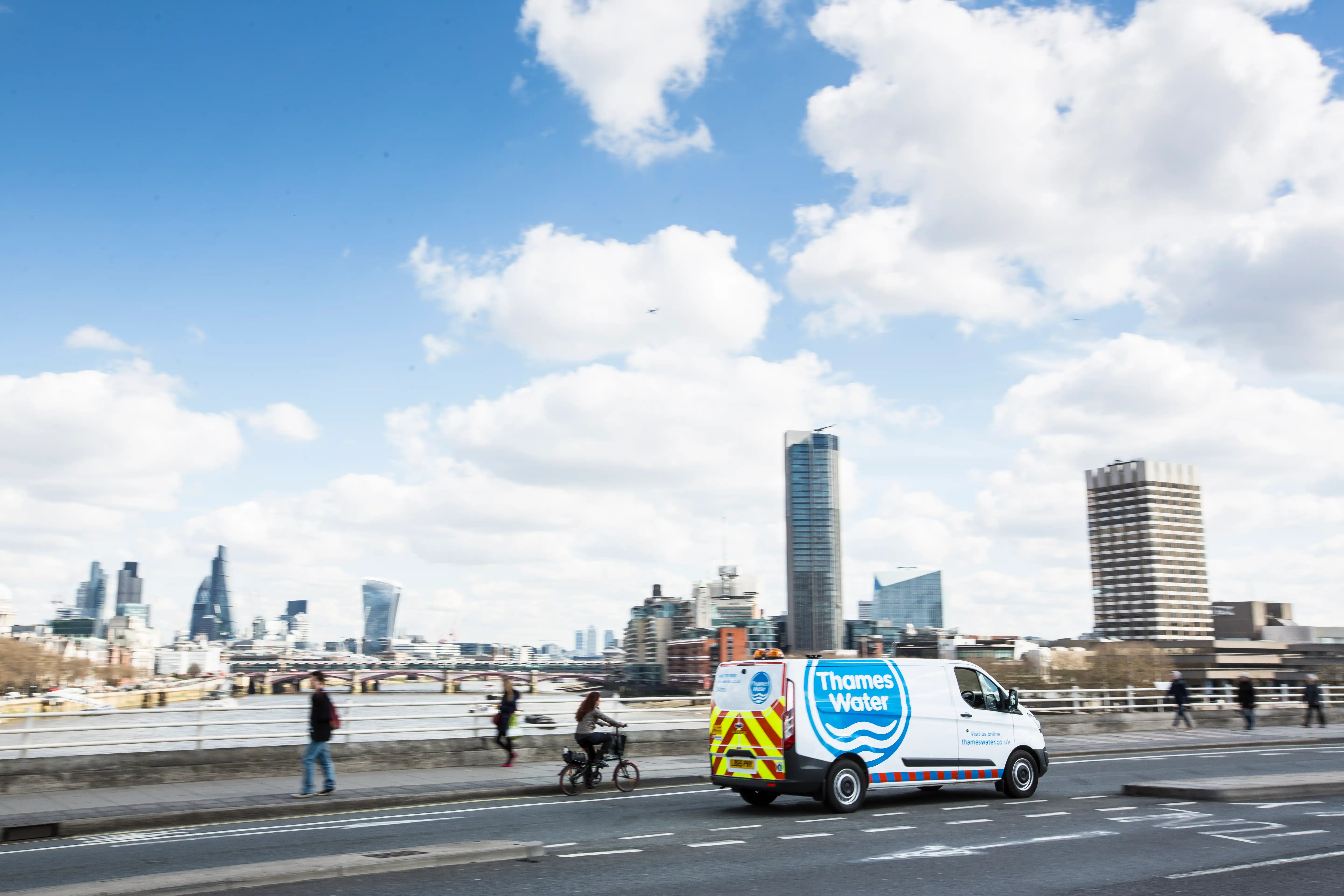
A drought resilience project for London.
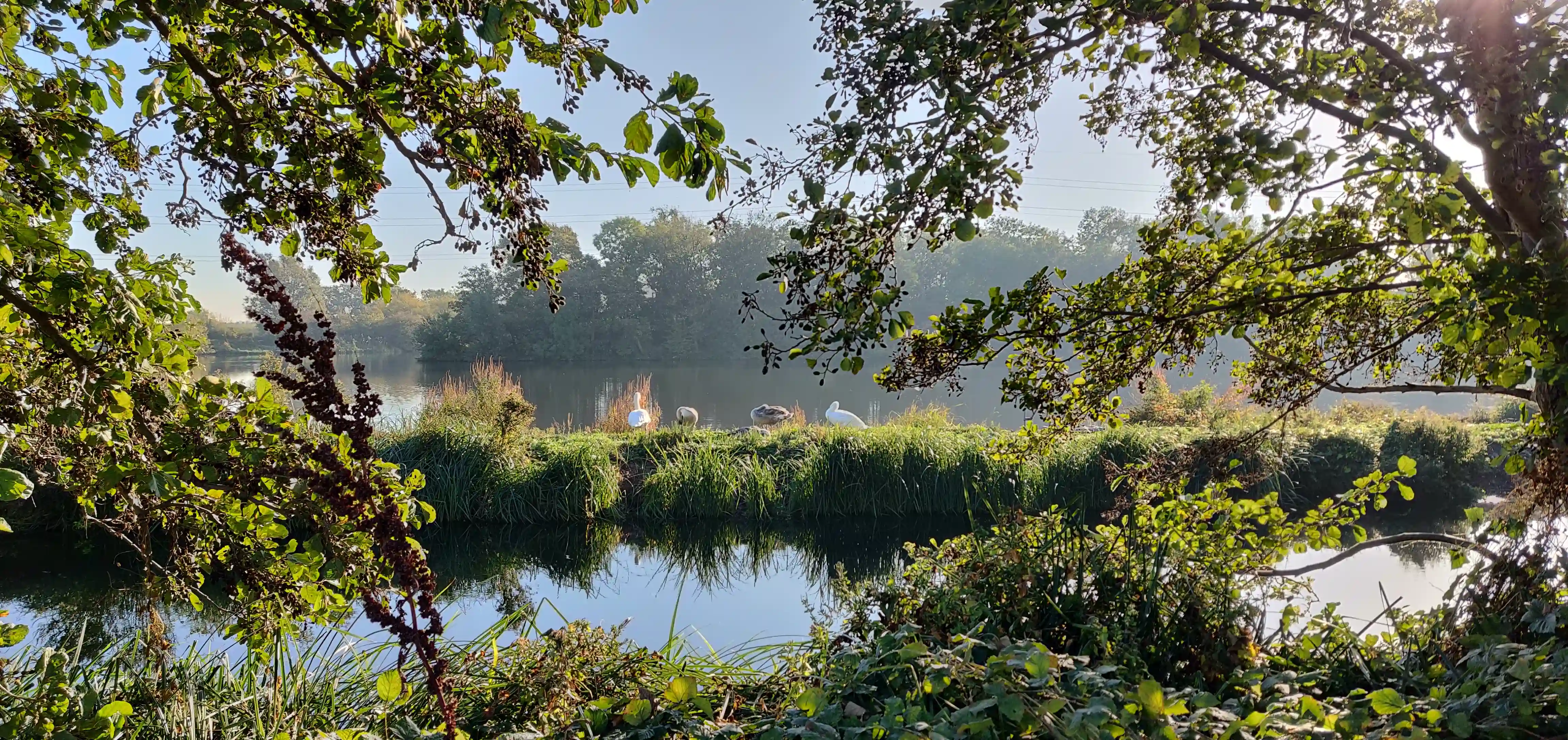
Considering water transfer options.
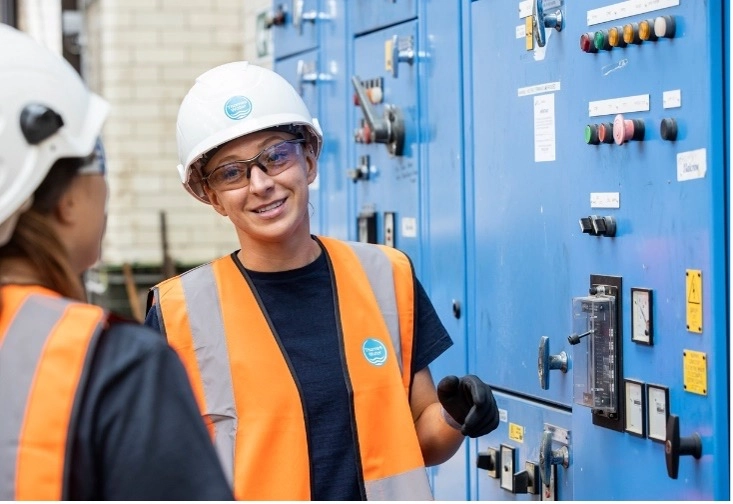
Stay up to date on our news.
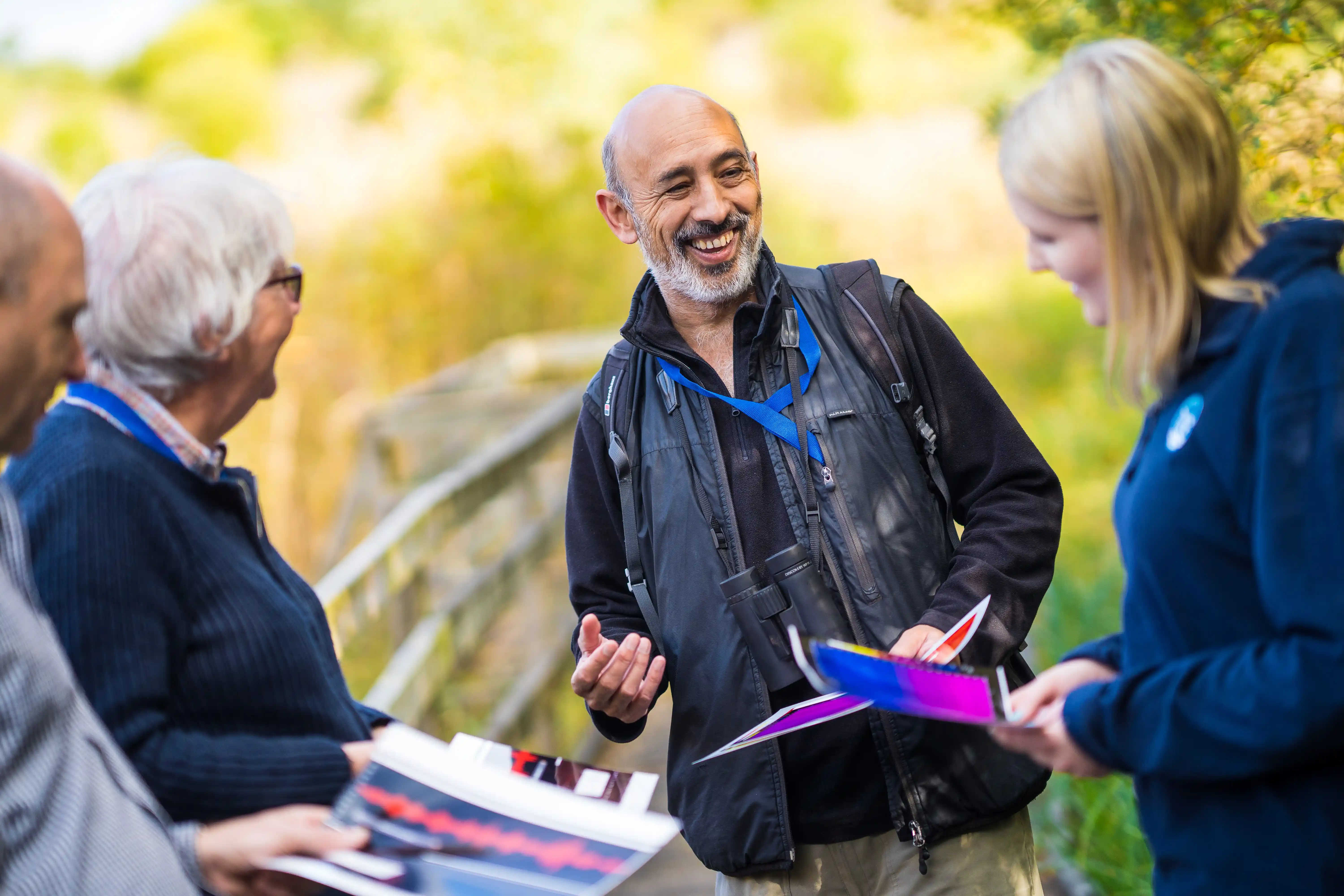
Upcoming community information events.